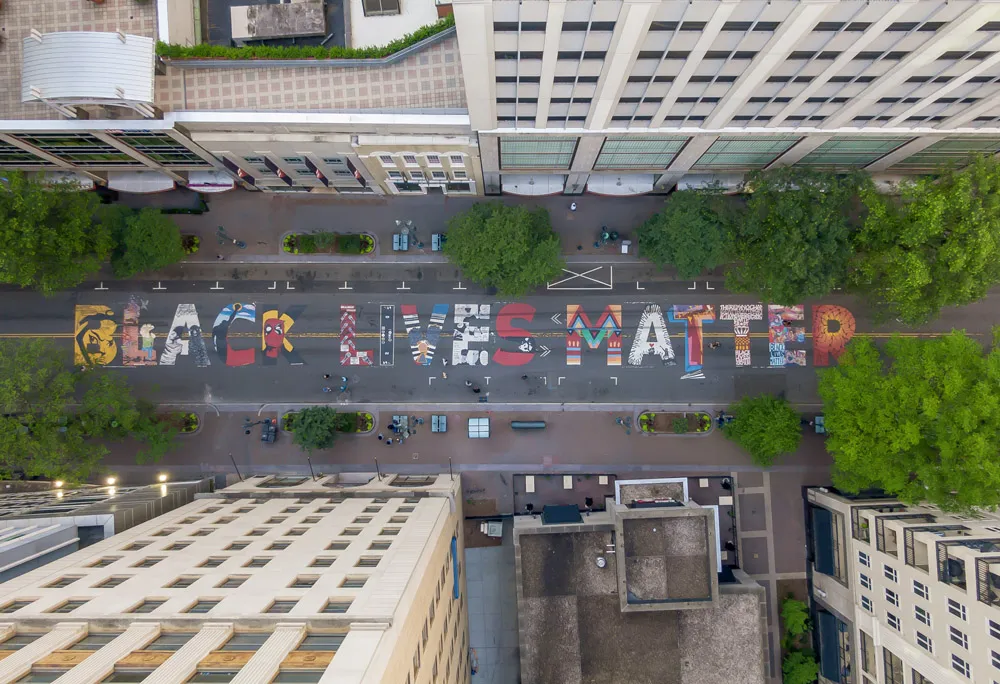Nottingham Trent University undergraduate Charles Gale hopes his new hologram road signs which ‘pulse’ at drivers will lead to a revolution in the way motorists are given information on the roads. Utilising lenticular hologram technology, the signs display an animated reflective image which appears to pulse in day or night as road users approach and pass them.
June 4, 2013
Read time: 2 mins
Nottingham Trent University undergraduate Charles Gale hopes his new hologram road signs which ‘pulse’ at drivers will lead to a revolution in the way motorists are given information on the roads.
Utilising lenticular hologram technology, the signs display an animated reflective image which appears to pulse in day or night as road users approach and pass them.
His design is in response to calls for an overhaul of the UK's road signage network, which has been criticised as being cluttered and confusing by a number of people, such as parliamentary under-secretary of state for transport Norman Baker.
He has already obtained a patent for his design and is set to meet with transport officials to discuss how it could be used across the UK.
Says Charles: “A lot of politicians have been debating the need for improvements to the UK’s traffic signs this year, and that’s what’s really inspired the project. Road signs have barely changed for years and are fading into the background. Studies have shown that satnavs and roadside advertising may be a distraction to motorists.
“Using lenticulars could help road signs really grab people’s attention. They catch your eye and you’re instinctively drawn to the information.
“From our research, it appears no-one else has ever considered using this technology in road signs before. A lot of research is LED-based, but the issue with that is delivering power to rural areas. That’s what’s great about my design – it doesn’t require any electricity whatsoever. The signs are made only of plastic and ink.
“They can also be retrofitted onto existing signs, so they’re really cost effective to fit and require no upheaval.“
Utilising lenticular hologram technology, the signs display an animated reflective image which appears to pulse in day or night as road users approach and pass them.
His design is in response to calls for an overhaul of the UK's road signage network, which has been criticised as being cluttered and confusing by a number of people, such as parliamentary under-secretary of state for transport Norman Baker.
He has already obtained a patent for his design and is set to meet with transport officials to discuss how it could be used across the UK.
Says Charles: “A lot of politicians have been debating the need for improvements to the UK’s traffic signs this year, and that’s what’s really inspired the project. Road signs have barely changed for years and are fading into the background. Studies have shown that satnavs and roadside advertising may be a distraction to motorists.
“Using lenticulars could help road signs really grab people’s attention. They catch your eye and you’re instinctively drawn to the information.
“From our research, it appears no-one else has ever considered using this technology in road signs before. A lot of research is LED-based, but the issue with that is delivering power to rural areas. That’s what’s great about my design – it doesn’t require any electricity whatsoever. The signs are made only of plastic and ink.
“They can also be retrofitted onto existing signs, so they’re really cost effective to fit and require no upheaval.“








